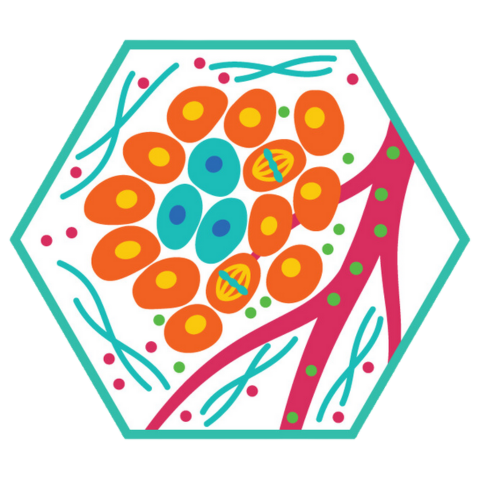
Stressed out? The cancer playbook may help
We often associate the concept of stress with deadlines, emergencies, traffic or hardships. For those who study biological and biochemical processes of disease in cell and organismal models, the idea of stress adaptation is recognized as one mechanism by which malignant and nonmalignant cells survive and thrive within environments that, at times, are hostile.
Are there ways that we think about environmental stress adaptations at an organismal level that may help scientists develop new perspectives on combatting cancer to improve patient outcomes? Indeed, cancer cells may even engage in molecular decision-making activities that differentiate between fight-or-flight responses in the face of environmental stress.
Submit an abstract
Abstract submission begins Sept. 14. If you submit by Oct. 12, you'll get a decision by Nov. 1. The regular submission deadline is Nov. 30. See the categories.
This session will consider the mechanisms by which cancer cells adapt to intrinsic and extrinsic stressors and how defining these adaptative mechanisms may lead to improved treatment strategies. Topics will include nutrient access/use, aging, subcellular compartments, microenvironmental influences and tissue reprogramming.
Keywords: Cancer biology, molecular crosstalk, biochemical signaling, tissue homeostasis, aging, subcellular transport, local and global adaptations, tumor microenvironment.
Who should attend: Cancer researchers, cell biologists and biochemists interested in considering how aging, biochemistry and multi-scale adaptations cooperate to shape the stress landscapes of tumors.
Theme song: “Stressed Out” by A Tribe Called Quest
This session is powered by cortisol and catecholamines.

Stress adaptations in tumor progression
Jonathan Kelber (chair), Baylor University
Elda Grabocka, Thomas Jefferson University
Christina Towers, Salk Institute for Biological Studies
Mark LaBarge, Beckman Research Institute of City of Hope
Enjoy reading ASBMB Today?
Become a member to receive the print edition four times a year and the digital edition monthly.
Learn moreGet the latest from ASBMB Today
Enter your email address, and we’ll send you a weekly email with recent articles, interviews and more.
Latest in Science
Science highlights or most popular articles

Defining a ‘crucial gatekeeper’ of lipid metabolism
George Carman receives the Herbert Tabor Research Award at the ASBMB Annual Meeting, March 7–10, just outside of Washington, D.C.

The science of staying strong
Muscles power every movement, but they also tell the story of aging itself. Scientists are uncovering how strength fades, why some species resist it and what lifestyle and molecular clues could help preserve muscle health for life.

Bacteriophage protein could make queso fresco safer
Researchers characterized the structure and function of PlyP100, a bacteriophage protein that shows promise as a food-safe antimicrobial for preventing Listeria monocytogenes growth in fresh cheeses.

Building the blueprint to block HIV
Wesley Sundquist will present his work on the HIV capsid and revolutionary drug, Lenacapavir, at the ASBMB Annual Meeting, March 7–10, in Maryland.

Gut microbes hijack cancer pathway in high-fat diets
Researchers at the Feinstein Institutes for Medical Research found that a high-fat diet increases ammonia-producing bacteria in the gut microbiome of mice, which in turn disrupts TGF-β signaling and promotes colorectal cancer.

Mapping fentanyl’s cellular footprint
Using a new imaging method, researchers at State University of New York at Buffalo traced fentanyl’s effects inside brain immune cells, revealing how the drug alters lipid droplets, pointing to new paths for addiction diagnostics.

